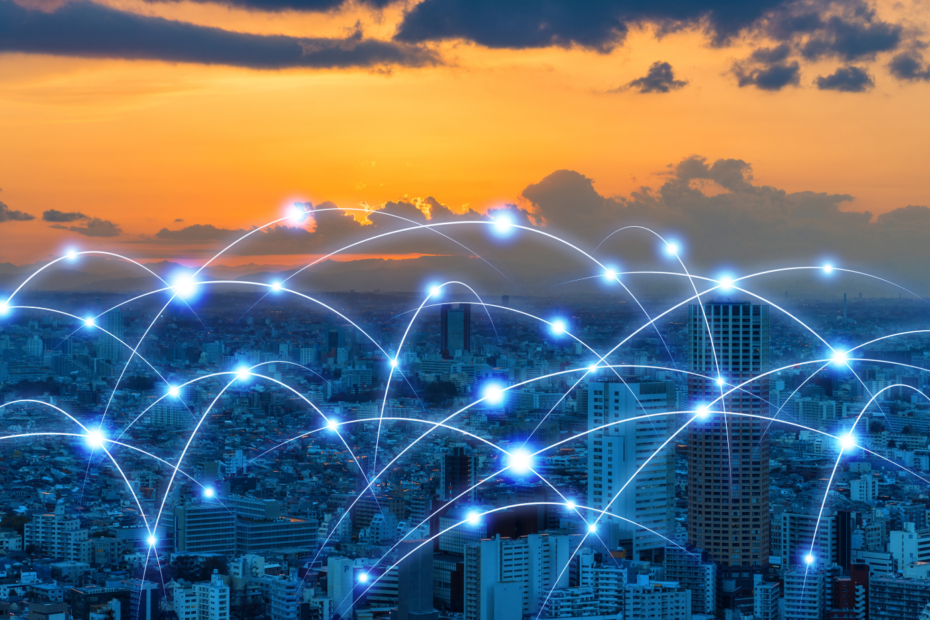Outside plant infrastructures, encompassing utility lines and telecommunications networks, serve as the lifelines of our communities, facilitating the seamless functioning of our daily lives. Nevertheless, when these critical infrastructures experience third party damage, the repercussions extend well beyond the immediate incident. Here, we will delve into the diverse ways in which third party damage to outside plant infrastructures leaves a lasting impact on communities.
Disruption Of Essential Services
The most immediate consequence of third party damage is the disruption of essential services. Severed utility lines can trigger power outages, leaving households without electricity for prolonged periods. This not only affects residents, but also disrupts businesses, healthcare facilities, and emergency services, potentially jeopardizing lives.
Economic Consequences
The economic aftermath of third party damage is profound. Businesses may grapple with downtime, leading to financial losses. Repair and restoration efforts demand substantial resources, burdening both local governments and affected individuals. Prolonged disruptions can also affect investor confidence, impacting the long-term economic well-being of the community.
Environmental Impact
Third party damage to outside plant infrastructures can result in environmental ramifications. Spills from damaged pipelines, for instance, may contaminate soil and water sources, posing a threat to ecosystems and wildlife. The cleanup process itself may necessitate extensive resources and have enduring ecological effects.
Public Safety Concerns
The safety of community members is compromised when outside plant infrastructures suffer damage. Gas leaks or exposed electrical wires can lead to accidents, injuries, or fatalities. Ensuring public safety becomes a top priority in the aftermath, often necessitating the evacuation of affected areas.
Communication Breakdown
Telecommunications networks play a pivotal role in society, enabling connectivity and information flow. Damage to these networks results in communication breakdowns, hindering personal communication and impeding the ability of emergency services to coordinate and respond effectively during crises.
Strain On Emergency Services
Third party damage places an additional burden on emergency services. First responders must manage the immediate aftermath, ensuring public safety and coordinating evacuation efforts. The heightened demand for emergency services can strain resources, potentially delaying response times to other incidents elsewhere in the community.
In conclusion, third party damage to outside plant infrastructures transcends the physical site of the incident, creating a ripple effect that impacts essential services, the economy, the environment, public safety, and communication networks. As communities strive to fortify their resilience, it becomes imperative to raise awareness about preventing such damage and implementing measures to mitigate its potential impact. Proactive efforts can significantly minimize disruptions caused by third party damage, safeguarding the continued well-being of communities in the face of unforeseen challenges.
To find out about how Phoenix Loss Control can help when these unexpected third party damages occur, please click here.
Learn More
For further reading on how functioning utilities help build resilience in a community, check out this article.

